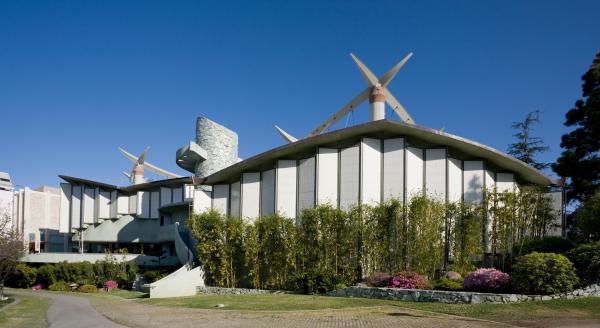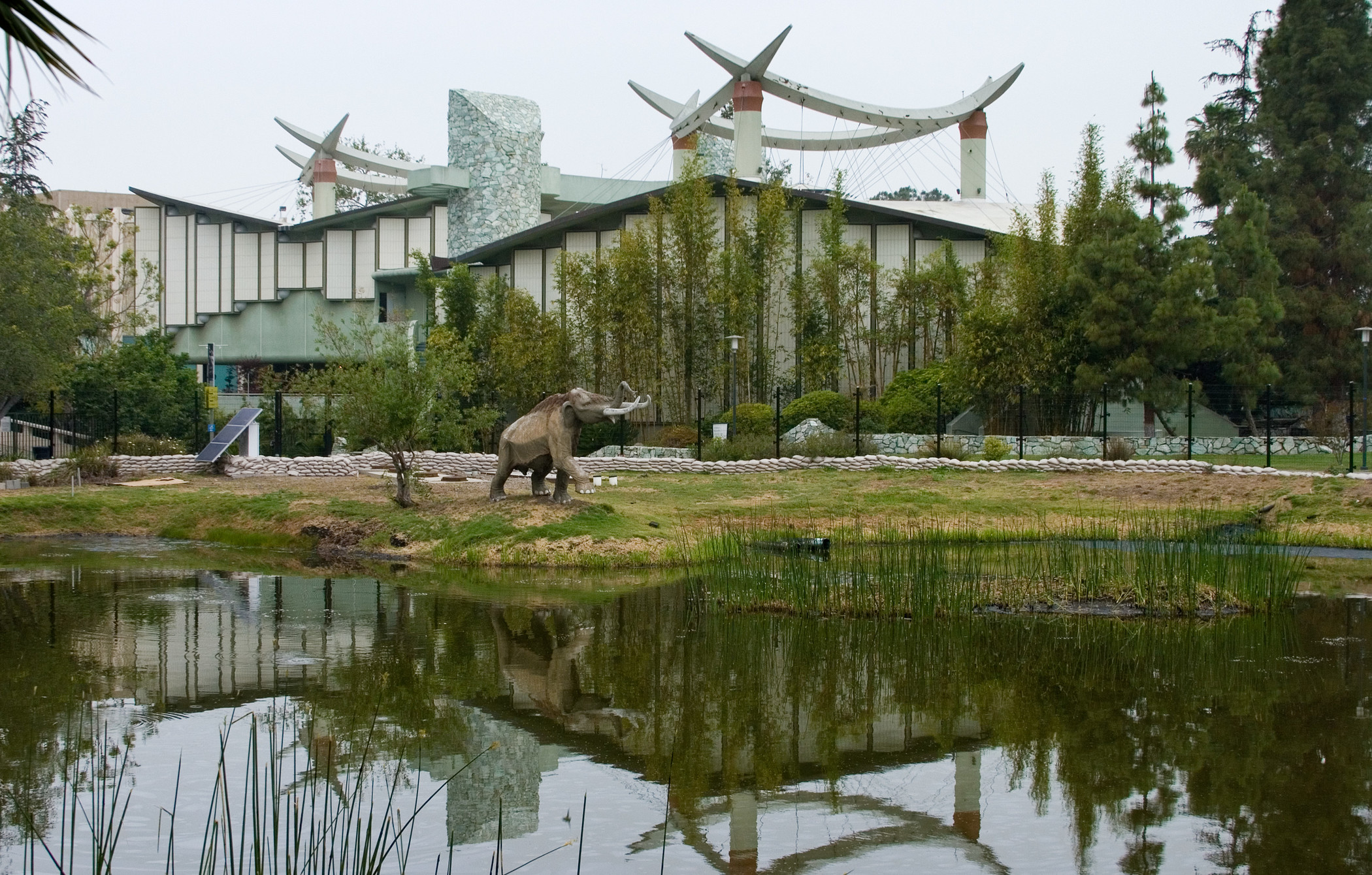Earlier this year, the Pavilion for Japanese Art closed for renovations and repair. To find out what has been accomplished thus far and to learn about upcoming renovation work, I sat down with LJ Hartman, Vice President of Facilities and Operations, and Yanet Martinez, Senior Landscape Designer and Facility Planning Associate.
What work has been accomplished so far in preparation for the start of repairs at the Pavilion for Japanese Art?
LJ: We have completed a thorough assessment of the repairs required at the Pavilion for Japanese Art with a team of engineering specialists and consultants. From the due diligence, the specific work needed to retrofit the building was defined and a contractor was selected. Over the last months, our wonderful collections management team has been inventorying, packing, and moving art out of the Pavilion for Japanese Art. A team of 10 collections management technicians and registrars moved nearly 5,000 works of art out to prepare the building for renovation and repair work.
What is the next step?
Yanet: Later this month, you’ll see a fence around the Pavilion for the protection of visitors to LACMA, the La Brea Tar Pits, and Hancock Park. We will be removing the landscaping around the Pavilion to be able to access the foundation. We are planning to save the bamboos and bonsai—Afrocarpus gracilior (Fern Podocarpus) and Pinus thunbergii (Japanese black pine). The bonsai were installed in the 1990s by Japanese garden designer Koichi Kawana, who designed a number of beautiful Japanese gardens throughout the United States.
What are we doing with the bamboos and bonsai?
Yanet: The bamboos and bonsai will be boxed and temporarily used in different locations throughout campus during the renovation work, and after all the work is done these trees will be reincorporated into the Japanese garden. We also have large trees in the garden that will be protected in place, including Cedrus deodara (Deodar cedar), Pinus canariensis (Canary Island pine), and Platanus racemosa (Western sycamore).
You mentioned accessing the foundation. What’s going on with the foundation and what other repairs are being done?
LJ: Hancock Park is a relative low point in the Los Angeles basin and the water table in this area is high. As a result, over the years underground water leaks have impacted the foundation. We’ve been mitigating the damage, but it’s time to retrofit the foundation, as well as the mechanical, electrical, and plumbing systems in the building. These are, for the most part, original to the building, and are due for an overhaul. We’ll also be doing structural maintenance of the roof cabling system. You might see some scaffolding on the roof and workers up there. All of this necessary repair and renovation work is being done thanks to a generous grant from the County of Los Angeles, in addition to LACMA’s funds.
When do you anticipate the work to be completed?
LJ: We anticipate completing the project early next summer.
Will the work affect access to the La Brea Tar Pits or the park?
LJ: We’ve been coordinating closely with the La Brea Tar Pits and Museum to ensure that the access and the impact to both the tar pits and the park are minimal. Visitors will continue to be able to access the La Brea Tar Pits and Museum from Wilshire and Curson, and enjoy the park, tar pits, and our large outdoor sculptures!





